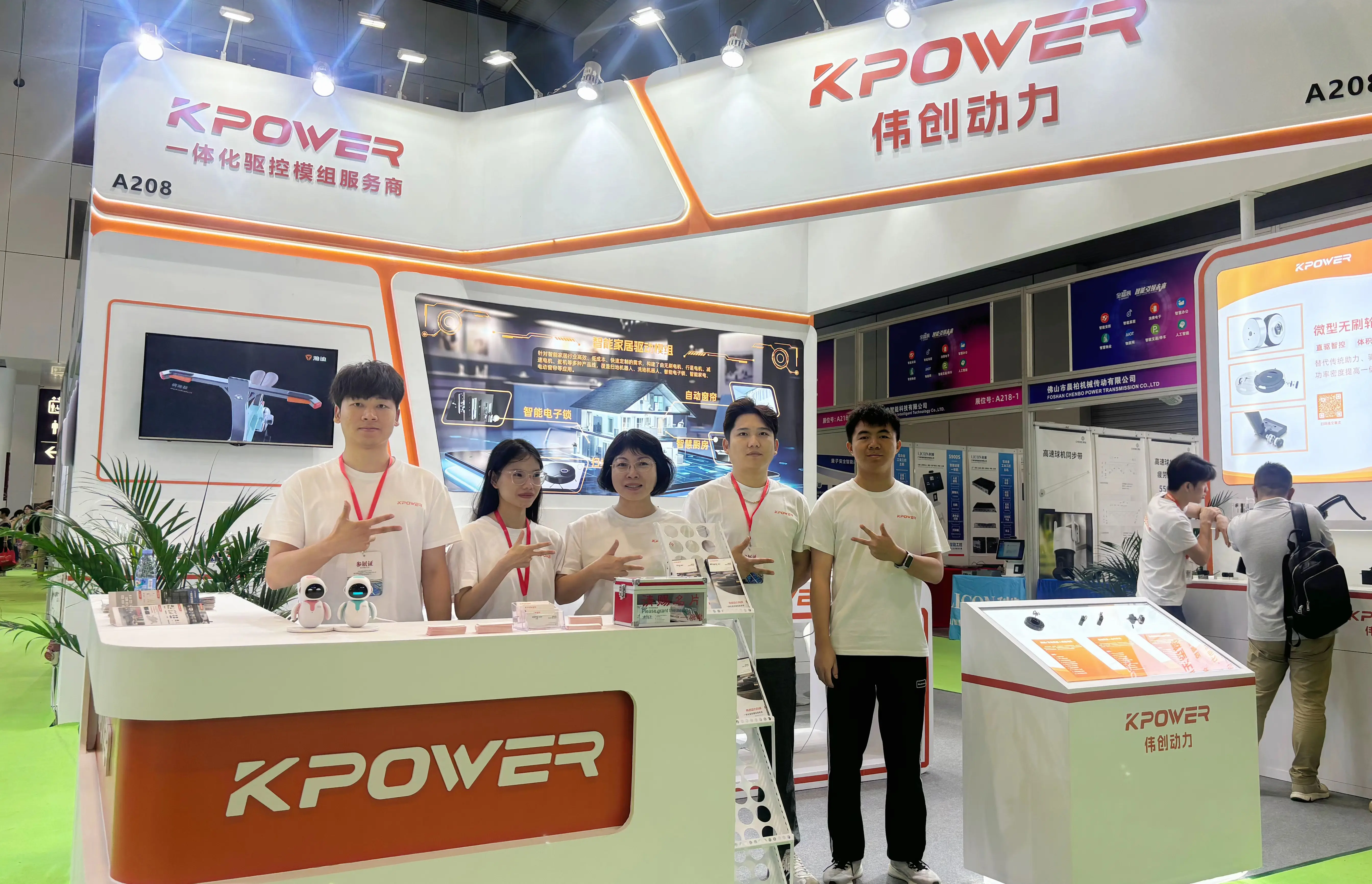The Heart of Motion: An Introduction to Stepper and Servo Motors
In an era where automation is revolutionizing industries—from manufacturing lines to aerospace innovations—the silent workhorses behind this technological evolution are electric motors. Among these, the star performers are undoubtedly the stepper motor and the servo motor. Both are vital in controlling movement with precision, but they each have unique strengths and quirks that make them suitable for different applications.

What Is a Stepper Motor? Imagine a motor that can move in precise, incremental steps—think of it as a robot’s own disciplined gymnast. A stepper motor divides a full rotation into a set number of discrete steps, allowing it to move reliably and repeatably to a specific position without requiring feedback systems. This characteristic makes stepper motors popular in printers, 3D printers, CNC machines, and robotic arms where predictable, open-loop control suffices.
Stepper motors operate by energizing coils inside the motor in sequence, creating magnetic fields that pull the rotor into specific positions. The number of steps per revolution varies—common step angles include 1.8°, 0.9°, or 0.72°—all contributing to the motor’s overall positional accuracy. Because of their design, stepper motors excel at precise, repeatable positioning without complex electronics.
What Is a Servo Motor? In contrast, servo motors are more like a trained athlete—powerful, responsive, and capable of maintaining or adjusting position dynamically. A servo typically incorporates a brushless DC motor combined with a sophisticated feedback system, usually an encoder, which constantly monitors the motor’s position, speed, and torque. This closed-loop control allows the servo to achieve higher speeds, smoother motion, and fine positional accuracy.
Servo motors are a staple in robotics, aerospace, conveyor systems, and camera stabilization—anywhere seamless, rapid, and precise movement is required. Their ability to dynamically respond to control signals means they can accelerate faster, maintain position under varying loads, and operate efficiently in complex motion profiles.
Comparing the Anatomy and Functionality
Design Differences The fundamental difference between these motors lies in their construction and control strategy. A stepper motor is inherently open-loop: it moves in steps based on the input signals, with no internal sensors to verify position. This simplicity makes it robust and cost-effective but less responsive to external forces or load changes.
A servo motor, on the other hand, is a closed-loop system. With an encoder providing real-time feedback, it continuously adjusts its position and speed, making it more adaptable and accurate for complex tasks needing high performance.
Control Methods Stepper motors are driven by a series of pulses—each pulse corresponds to one step. By controlling the number and frequency of pulses, you control the position and speed. However, if the motor is overloaded or stalls, it can miss steps, leading to positioning errors without innate feedback.
Servos require a controller that processes feedback signals from an encoder, constantly tweaking the motor’s power supply to correct any deviation from the desired position. This ongoing adjustment grants servo systems superior accuracy, speed, and load handling.
Strengths and Weaknesses
Stepper Motor:
Strengths: Simple, reliable, cost-effective, no need for feedback devices, excellent for moderate-speed, high-precision tasks.
Weaknesses: Prone to stalling under heavy load, less efficient at high speeds, can generate heat and noise.
Servo Motor:
Strengths: High speed, high accuracy, smooth motion, capable of handling dynamic loads, great for demanding applications.
Weaknesses: More complex and expensive, requires feedback and more sophisticated controllers.
The Role of Materials and Construction
Material choices influence each motor’s performance. For example, the stator windings, rotor materials, and magnetic cores determine torque output, efficiency, and lifespan. Stepper motors often employ permanent magnets or variable reluctance designs, optimized for cost and simplicity. Servos, especially those used in high-end applications, utilize rare-earth magnets, brushless designs, and high-quality encoders to ensure precision and durability.
Application Spectrum
The decision to choose between a stepper or servo motor hinges on the specific needs of the project:
Use a stepper motor when:
Cost is a significant concern
Precise positioning with moderate speed is essential
Open-loop control suffices (no feedback needed)
The environment is not heavily load-dependent
Use a servo motor when:
High speed and acceleration are required
Load variations are frequent or unpredictable
Smooth, fluid motion is desirable
Tight positional accuracy is critical
The application involves complex or dynamic movements
Examples in Real Life
Consider a 3D printer. Many models employ stepper motors due to their affordability and sufficient precision for detailed prints. Conversely, robotic arms on an assembly line leverage servo motors to handle complex operations swiftly and accurately, adjusting in real time to tasks with variable loads.
Would you like to proceed with the second part, which delves deeper into the applications, recent innovations, and future trends of stepper and servo motors?
Established in 2005, Kpower has been dedicated to a professional compact motion unit manufacturer, headquartered in Dongguan, Guangdong Province, China.




































